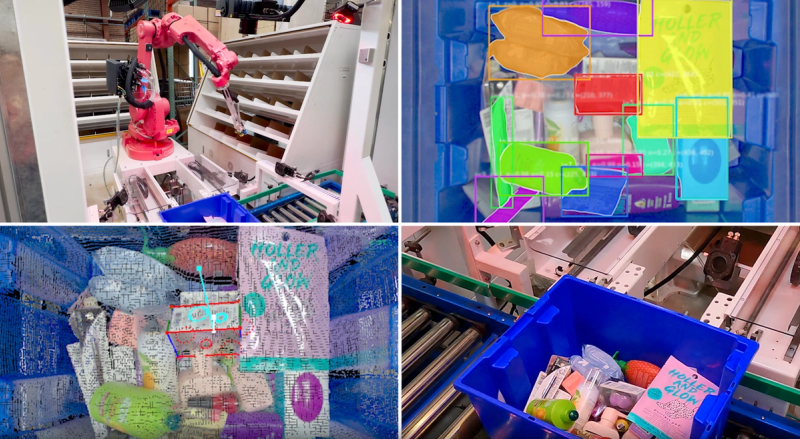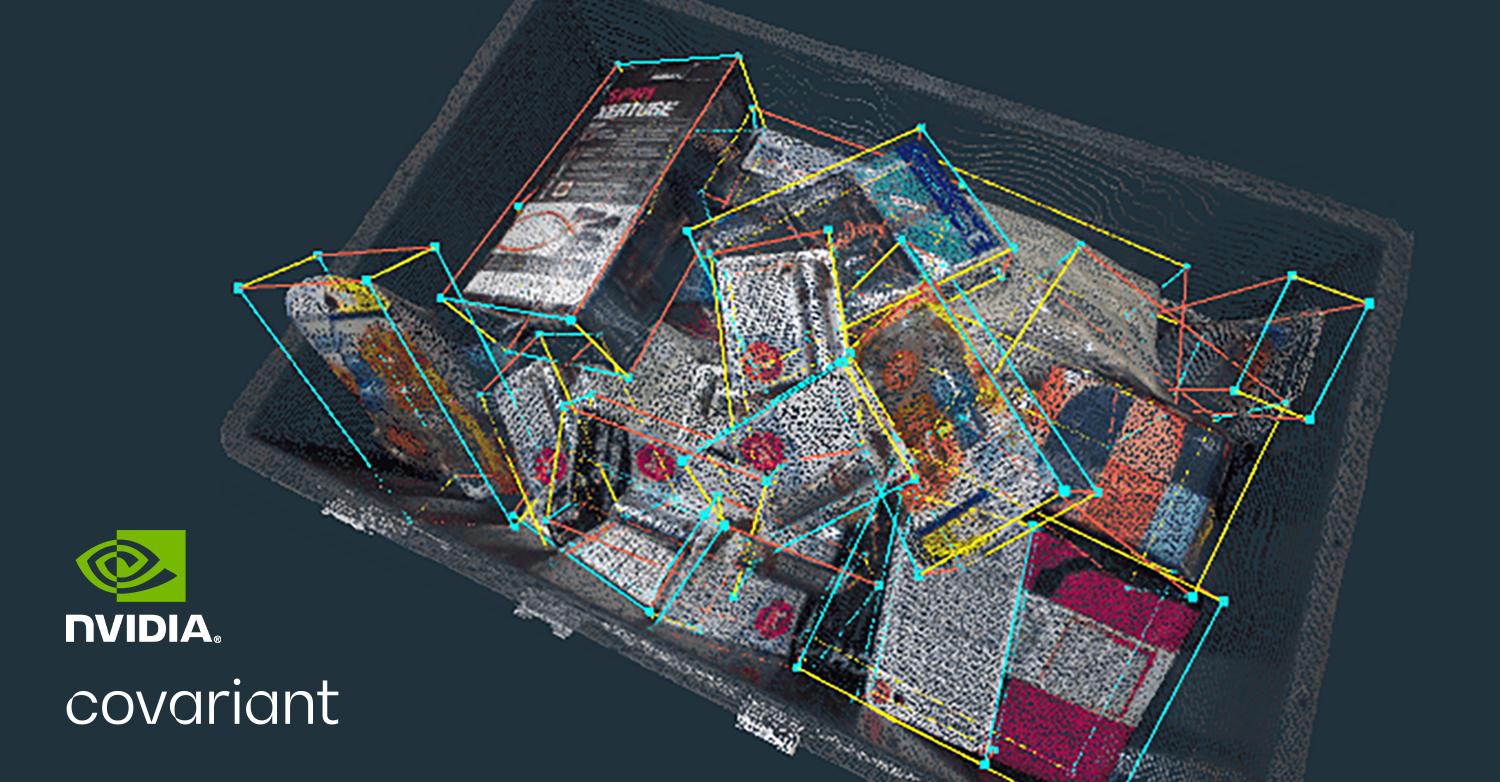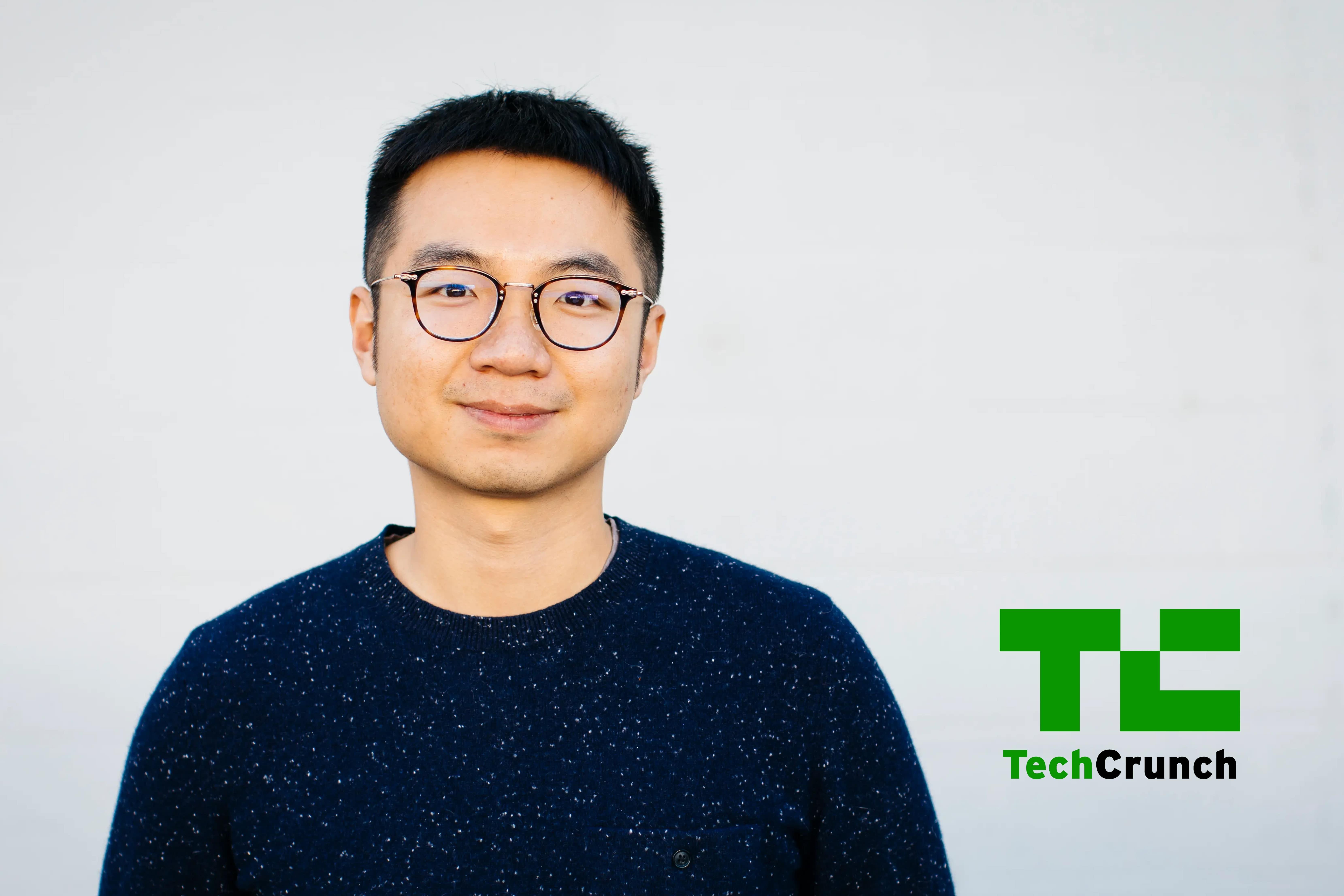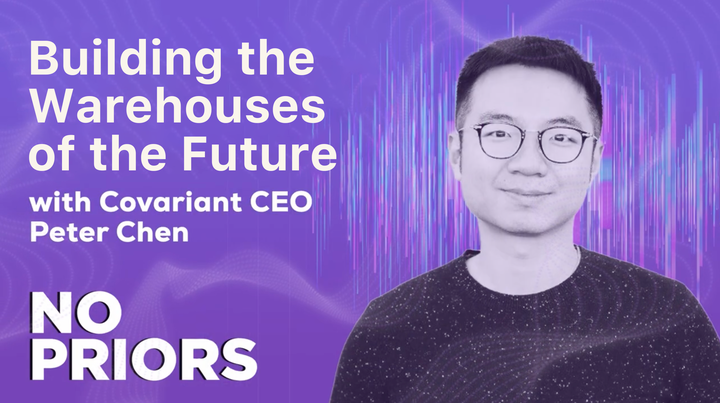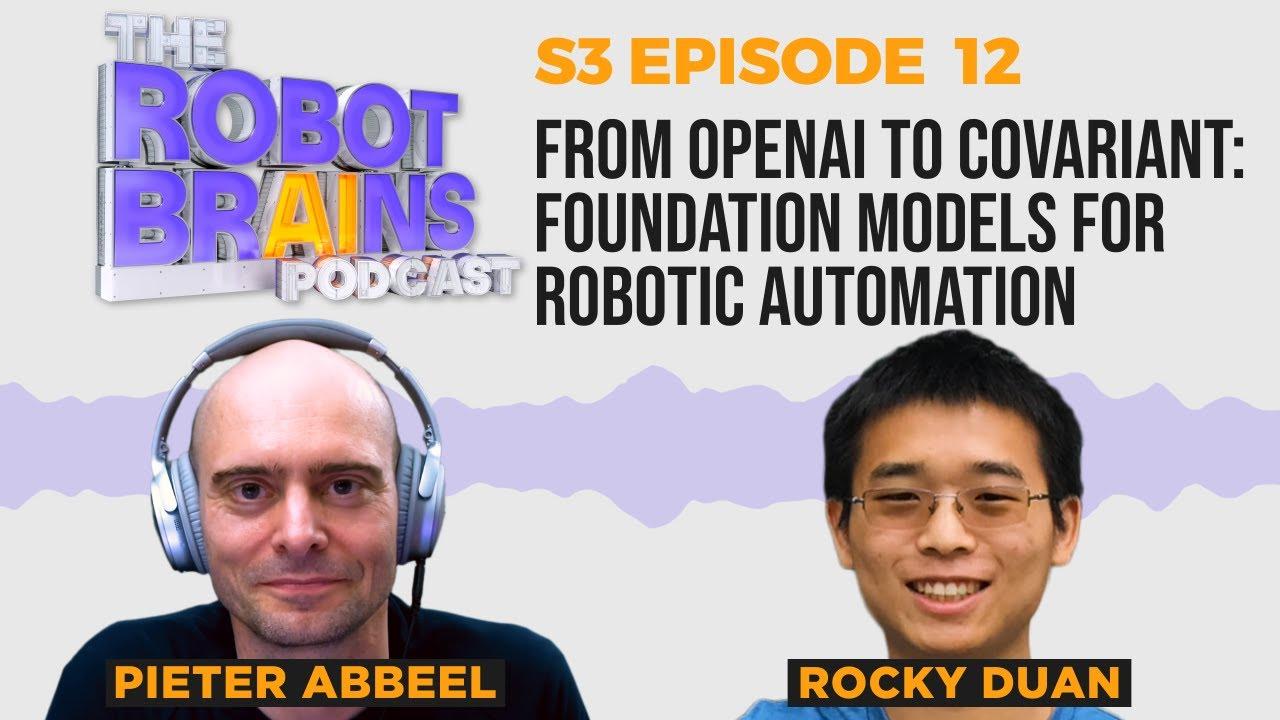In the dynamic world of eCommerce fulfillment, where the number of SKUs seems endless and is ever-evolving, operational efficiency is key. But for robots to thrive in these complex environments, they must seamlessly handle a dynamic variety of situations, regardless of their shape, size, packaging, or presentation.
Robotic picking can only work at scale when powered by the right type of Artificial Intelligence. Covariant’s robots are 99.99% successful without requiring 1:1 human oversight because they have a brain that enables each robot to see, think, and act based on the unique situation it’s facing. This is the level of robotic autonomy our customers need to reliably maximize throughput and reduce cost.
How do you identify the best AI? The first step is to see what works.
- ABB organized an order-picking competition to evaluate potential AI Robotics partners.
- They designed 26 use cases, half of which were kept secret, to assess out-of-the-box performance, learning, and adaptability.
- Out of 20 companies that participated, Covariant was the only one to succeed in all the tests.
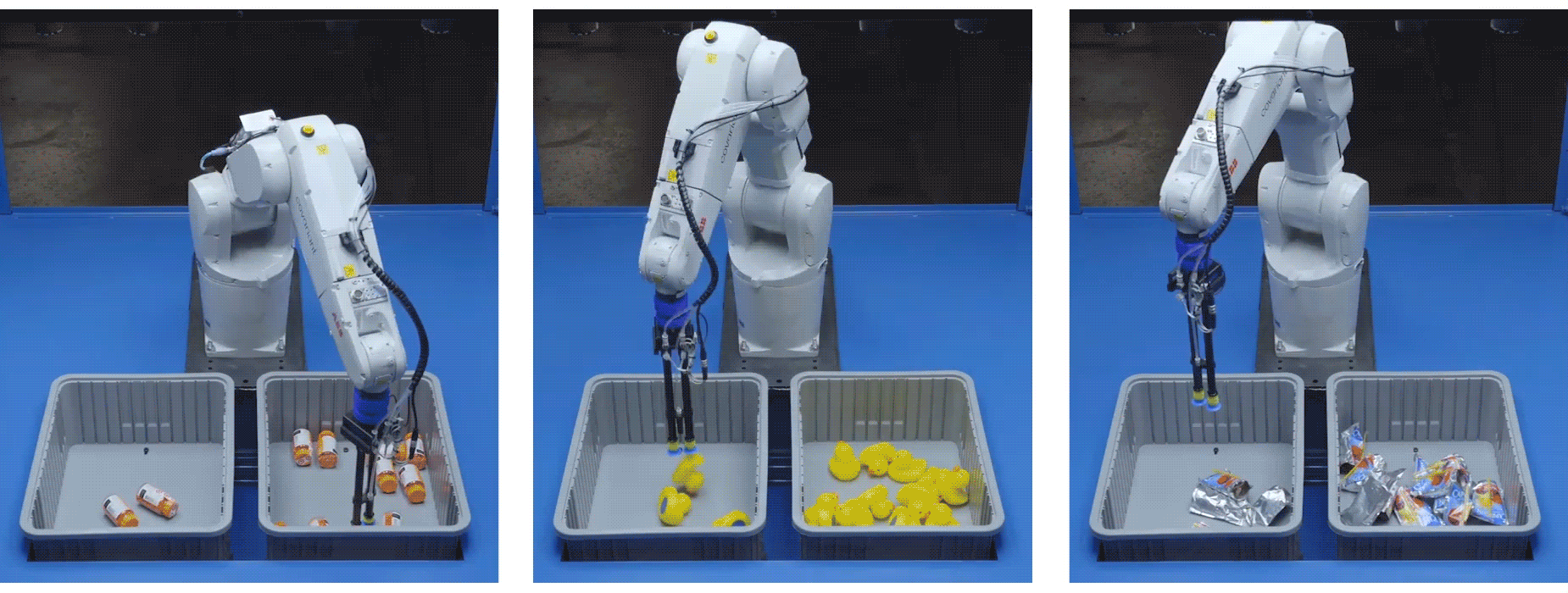
Other warehouse integrators, such as Knapp, Bastian, and Fortna, have also conducted their own performance-based assessments and subsequently selected the Covariant Brain to power their robotic arm solutions. And with numerous real-world customers successfully deploying Covariant AI-powered robotics at scale, the industry has recognized the Covariant Brain as the premier AI Robotics platform.
So, what sets the Covariant Brain apart? In this post, we break down some of the most important scientific concepts that underpin the exceptional performance of our AI model: pre-training, fleet learning, and foundation models. These are just a few of the elements that collectively empower our robots to excel with virtually any item placed before them.
Pre-Trained AI = Out-of-the-box performance
Teaching a robot to learn what actions lead to success and what leads to failure is extremely difficult — requiring a lot of high-quality data based on real-world interactions.
- The Covariant Brain is pre-trained on a large, proprietary, and high-quality dataset based on millions of picks from Covariant robots operating in warehouses around the world. Single lab settings or video examples are just not reliable or robust enough sources to train an AI Robotics model.
- Pre-training equips the Covariant Brain to understand all objects in a generalized manner, enabling incredible out-of-the-box performance. This means our universal AI platform, the Covariant Brain, is primed for immediate action.
- One of our customers manages an inventory of 100,000 SKUs that turnover every 3 months. With Covariant Brain-powered solutions, robotic systems gain operational flexibility — handling items never encountered before in their fulfillment center without specific programming.
Foundation Models: Picking beyond boundaries
Foundation models have transformed AI in the digital world, such as in language applications like ChatGPT. Covariant's founders are scientists from OpenAI and UC Berkeley who have pioneered the development of the first commercially available foundation model for robotics.
- The Covariant Brain’s foundation model approach involves training one generalized AI on all use cases and item types to achieve the human-level autonomy that we've been missing from the previous generations of picking robots.
- Building one AI that works across multiple tasks in the physical world allows our robots to pick the widest variety of SKUs, ranging from nail polish and lemons to soy sauce packets, winter coats, and, even, mixed cases.
- This outperforms the more traditional specialized AI models with a narrower scope tailored to specific industries, products, or use cases. The foundation model has proven to be more successful at handling the edge-case scenarios that frequent unstructured real-world fulfillment environments.
Fleet Learning: Continuous improvement at scale
Fleet learning means that customers benefit from learning happening across every robot powered by the Covariant Brain. A robot in one place learns, and the entire global fleet benefits.
- Learnings are aggregated from all different types of systems, from Putwall, Kitting, Induction, Depalletization, and Goods-to-Person.
- Fleet learning enables the knowledge and experiences of each robot to be shared across an entire fulfillment network, facilitating collaborative learning among all Covariant Brain-powered robots.
- This allows all Covariant Brain-powered solutions to continuously improve in real time.
Each component of the Covariant Brain is driven by our dedicated research team, comprised of some of the world’s most elite and tenured AI scientists with a collective 174,507 research citations on pioneering breakthrough AI methodologies.
This team performs active research to develop and apply novel approaches that address the challenges encountered by our robotic systems in customer warehouses around the world. Their unwavering commitment to innovation resulted in an AI platform that excels in out-of-the-box performance, adaptability, and continuous improvement – making the Covariant Brain the unparalleled choice for a wide range of real-world applications.
